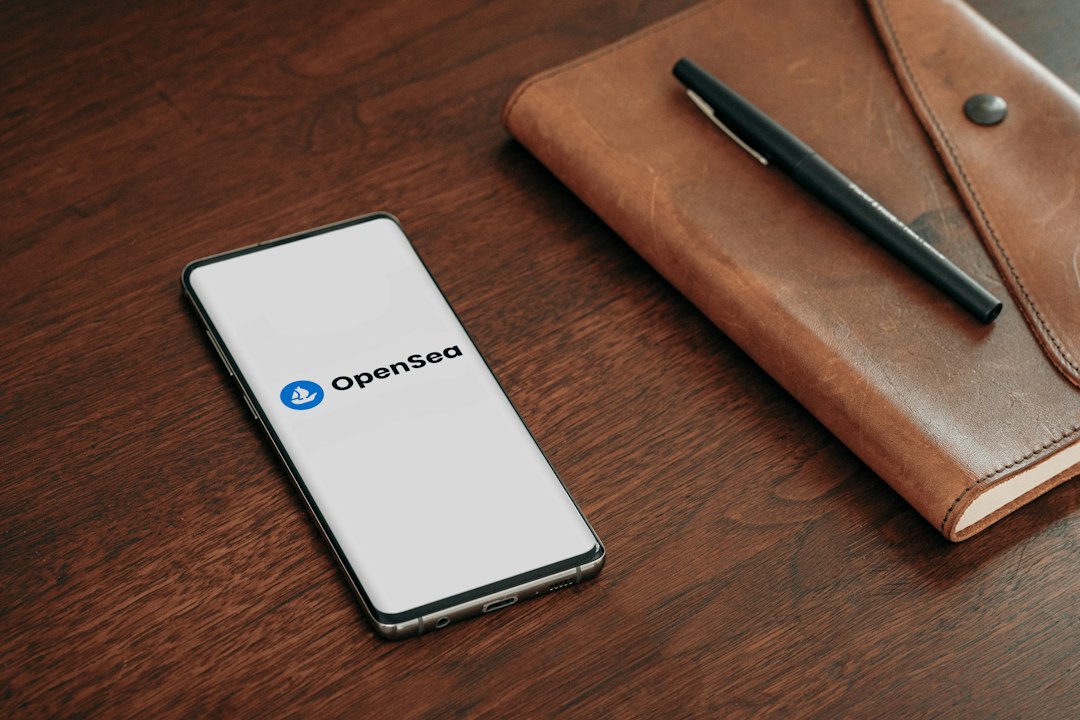India’s Digital Rupee Achieves 1 Million Daily Transactions
India’s digital rupee, also known as the e-rupee, reached 1 million daily transactions in December, meeting the Reserve Bank of India’s target for daily transactions by the end of 2023. The e-rupee was introduced as a digital alternative to physical cash and was built using distributed ledger technology. The pilot for the digital rupee began in December 2022 and initially saw an average of 25,000 transactions per day. However, when connected to the United Payments Interface (UPI), which facilitates mobile peer-to-peer transfers, the use case experienced significant growth.
Bank Employees Receive E-Rupee Payments
Several private and state-run banks in India, including HDFC Bank, Kotak Mahindra Bank, Axis Bank, Canara Bank, and IDFC First Bank, have started disbursing employee benefits directly to CBDC wallets instead of traditional salary accounts. This strategic move is expected to encourage non-financial firms to adopt the same approach and contribute to further transaction growth. The user base for the digital rupee has also expanded, with approximately 4 million users currently compared to 3 million in December.
CBDC Initiatives Worldwide
Countries such as China, France, and Ghana are in the pilot stages of their central bank digital currency (CBDC) projects. However, some countries like Nigeria have faced challenges in rolling out their digital currencies. In India, banks are actively promoting e-rupee transactions by offering incentives as directed by the RBI. Sharat Chandra, co-founder of the India Blockchain Forum, commended the use of CBDC for compensating employees and suggested exploring other avenues such as toll tax collections to further drive adoption.
Hot Take: India’s Digital Rupee Gains Momentum
India’s digital rupee has achieved a significant milestone by reaching 1 million daily transactions. This success aligns with the Reserve Bank of India’s target and showcases the growing adoption of the e-rupee as a digital alternative to physical cash. The initiative has been well received, with banks paying employee benefits directly to CBDC wallets. This move is expected to encourage other non-financial firms to follow suit and contribute to further transaction growth. As central banks worldwide continue to explore CBDC projects, India is actively promoting e-rupee transactions by offering incentives and exploring various avenues for adoption. The future looks promising for India’s digital rupee.





 By
By
 By
By
 By
By
 By
By
 By
By
 By
By